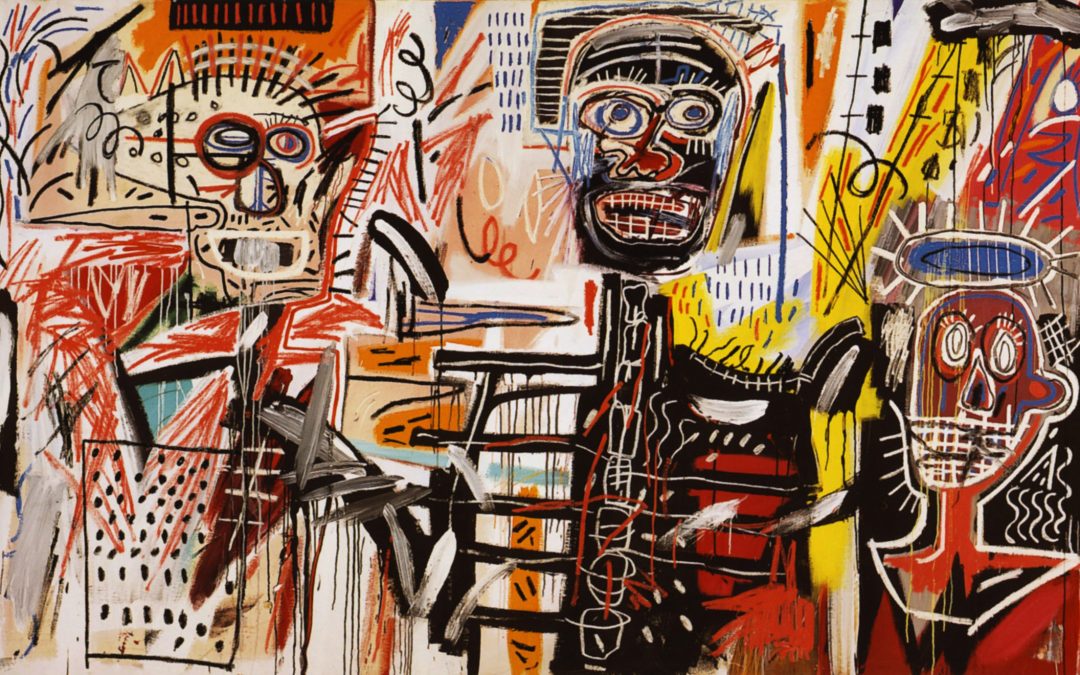Some unsolicited advice from a rank amateur
I recently read online an excerpt from The Orange Balloon Dog: Bubbles, Turmoil and Avarice in the Contemporary Art Market, the latest book from economist and art market commentator Don Thompson, which will be available in September 2017. In a chapter on art advisers, the author charts the rise of Amy Cappollazzo (former art consigliere to high-profile collectors Steve and Mira Rubell), whose art advisory service was just sold to Sotheby’s for $85 million. There are a lot of big numbers (depending on your point of view) tossed around in this account: a paltry $14.5-million auction record for Robert Rauschenberg; $10 million for a “great” Basquiat vs. $5 million for an “ordinary” Basquiat; $137.5 million for a de Kooning; and the startling factoid that “the richest 1 percent of Sotheby’s art customers purchases as much as the remaining 99 percent.”
By the time I’d finished reading the chapter, I was a little dizzy from all the dollar signs and the familiar litany of high-end art-world names, and weary of observations like that of Annelien Bruins of Tang Art Advisory in New York. “We save our clients time and money by doing the legwork for them,” she has said, adding, “We keep up to date with artists, we source works for our clients, we perform price research and due diligence, we negotiate the transactions, and we have the works installed in our clients’ homes.”
“I got a little dizzy from all the dollar signs and familiar litany of high-end art-world names”
And I have to wonder, What the hell is the fun of collecting this way? You probably never visit the artists in their studios. You won’t get romanced by a dealer, who might buy you a drink or dinner if you’re genuinely interested in one of her artists. You certainly aren’t going to develop an “eye” for art. I don’t know much about how these services work, but it sounds like the most you’ll get is a rough appraisal of “worth” and maybe some online images, perhaps with the option of zooming in on details, the way you do on Amazon.com.
But I suppose if you’re a busy hedge-funder or a high-rolling venture capitalist you need someone to find art for you, the same as you’d require a personal shopper at Barney’s or Bergdorf’s because you’re too harried and hard-working (and possibly insecure) to pick out your own clothes.
I know I would make a lousy art adviser because I would tell clients to devote at least five years of their free time to visiting museums and galleries, to take a few art-history courses, and never to buy anything they didn’t absolutely love. As mentioned in an earlier editor’s note, I’ve always admired the collectors who were quirky and passionate, not those out to amass a collection that looks like everybody else’s.
“I would make a lousy art adviser because I would advise clients to spend at least five years of their time to visiting museums and galleries”
I also think it’s admirable to use collecting as a learning experience. If I were to spend serious time pulling together a good collection, I would most likely turn to photography because it is the area where I feel I am intellectually weakest (it seems I never even took a course in the history of photography, know little about the mechanics of traditional or contemporary cameras, and don’t follow any trends in the photo world, if they exist). But I would put myself in the hands of a good dealer—like Yancey Richardson, or Edwynn Houk, or Russek and Scheinbaum here in Santa Fe—rather than turn myself over to an art adviser.
But if I were to follow a real passion, I’d probably want to collect contemporary drawings and anyone could do worse than to start with some of the devoted practitioners who are members of this site (and I hope to expand the list in future installments). This is where I think the artist’s hand is so often closest to his or her vision; there’s an immediacy about drawings that I often find simply breathtaking, whether it’s a Leonardo or a Degas or a Diebenkorn. I could ever afford those masters, but I know I would get many of the same pleasures from lesser-known devotees of draftsmanship.
As the Vasari21 series of “Collector Spotlights” unfolds, you will read of many different reasons for buying art and of the pleasures therein. Dora and Carl Dillistone, who are profiled this week, enjoy an ongoing engagement with the artists whose works they buy. Others I’ve met like to see how deeply they can delve into under-known movements in art, and still others just like to watch as their sensibilities deepen and grow.
But no one I know or respect employs an art adviser. That’s for sissies.
Top: Great or ordinary? Jean-Michel Basquiat: The Philistines (1982), acrylic and crayon on canvas, 123 by 72 inches


Sassy & witty! Great article Ann!
Absolutely true. It’s collecting for the sake of “show” “bragging rights” and “investment.”
Sadly is has little to do with the art itself, as you so beautifully pointed out. But in the every day art world…down here with the 99%…there is much passionate collecting, the always wonderful artists’ trade (best ever), cooperation and support amongst artists (mostly) and the slow development of quirky, unique and personal art collections.